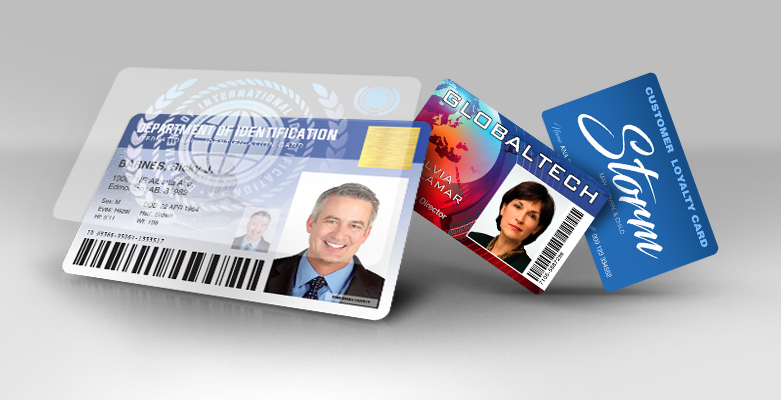The REAL ID Act, passed by the US Congress in 2005, creates a higher minimum security standard for state-issued ID cards. Starting in January 2018, residents of states who’s IDs are not REAL ID compliant will need to provide another form of identification to fly. So what is the REAL ID Act, and how does it increase our national security?
What is REAL ID?
Created by the 9/11 Commission to “set standards for the issuance of sources of identification, such as driver’s licenses,” the REAL ID Act creates a new standard that all US states and territories are required to meet when issuing state ID cards, in order to increase card security.
To compliant with the REAL ID standards, a state-issued ID must include:
- Full legal name
- Residential address
- Birth date
- Gender
- Driver’s license or identification number
- Digital front-facing photograph
- Signature
In addition to that information, ID cards must include a barcode and security features. Compliant ID cards will have a star in the upper right-hand corner. States must also share their databases of cardholder information with each other.
Get more information on the REAL ID Act from the Department of Homeland Security.
Importance of Secure ID Cards
Fake or tampered with ID cards are used for buying alcohol and other restricted items while underage, to gain access to bars while underage, for identity theft, to gain access to restricted areas, and more.
Government issued IDs, like a driver’s license or ID card, come with built-in security features to prevent card tampering or counterfeiting to stop these crimes. There are three levels to the visual security in a secure card:
- Overt – features easily visible to the naked eye, like a color cardholder photo or signature
- Covert – features visible with the use of additional equipment, like a black light to see UV printing
- Forensic – microscopic features, making them hardest to see without advanced equipment and often used to spot fake IDs
Examples of security features states may include in their REAL ID-compliant IDs include:
- Micro text
- Ghosted images
- Holographic background images
- Laminates with holographic images
- Embedded technology
- UV text or images
- Official seals
- Thermochromic printing
- Opacity printing
- Embossed printing
The more secure a card, the harder it will be to tamper with or duplicate. The new REAL ID standards aim to raise the security level of all state-issued ID cards so it is harder to make and use fake IDs.
How does REAL ID impact you?
The most important change under the REAL ID Act is that starting January 22, 2018, if your state has not issued a REAL ID-compliant driver’s license (or been given an extension), you will need to provide an alternative form of identification for domestic flights.
Not sure if your state ID is compliant? The DHS website has a list of the current status of all US states and territories.
Starting October 1, 2020, everyone will need a REAL ID-compliant driver’s license (or other acceptable form of ID) to fly.
Visit the TSA’s website for a list of acceptable identification to use when flying.





